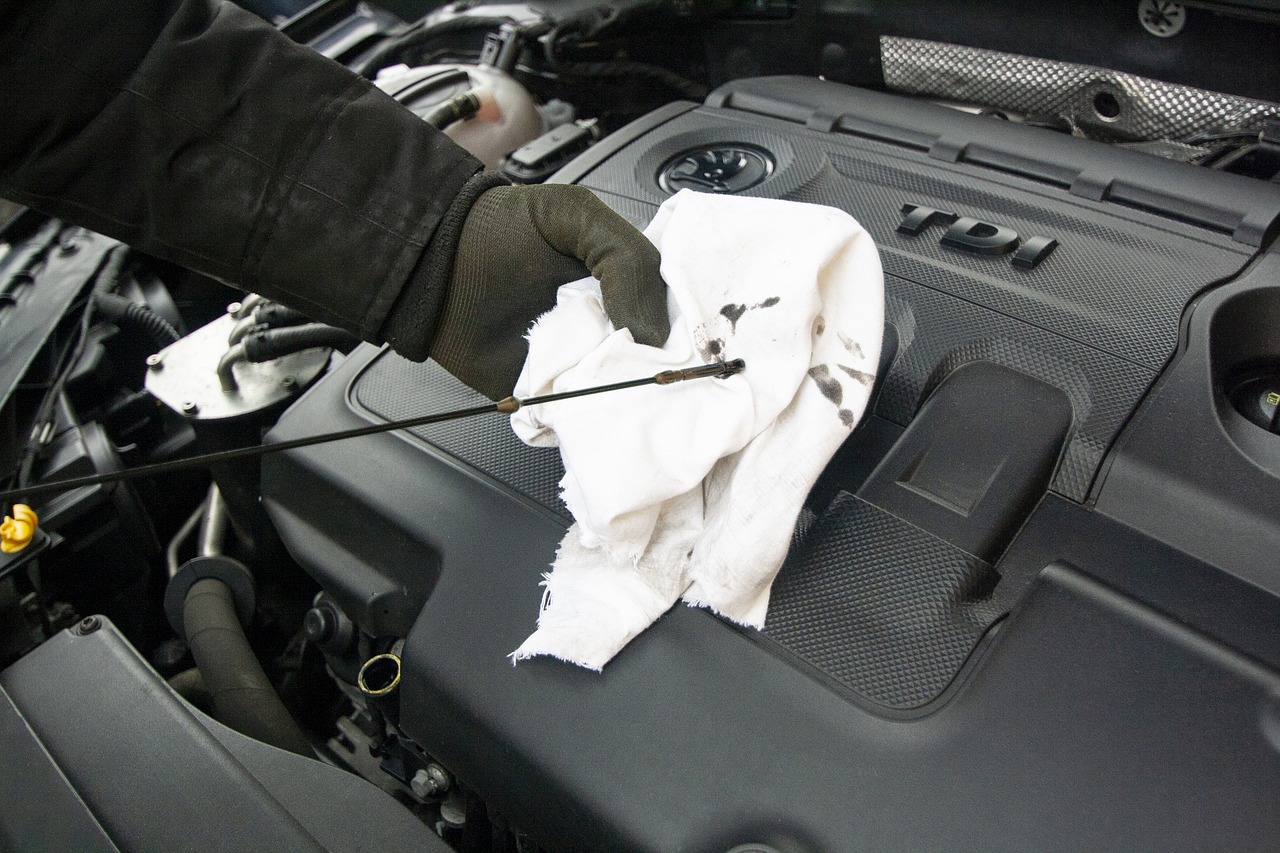Introduction
Maintaining your car can seem daunting, but there are several simple maintenance tasks that you can do yourself to save money and keep your vehicle in top condition. Not only does DIY car maintenance reduce the costs associated with service centers, but it also gives you a better understanding of how your car works.
Essential Tools and Supplies
To get started, you’ll need a few basic tools and supplies:
- Wrench set
- Screwdrivers
- Oil pan
- Jack and jack stands
- Work gloves and safety glasses
These tools can be a one-time investment that will serve you for many years of DIY maintenance.
Step-by-Step Maintenance Guide
Here are a few basic maintenance tasks that most car owners can handle:
- Oil Change: Typically required every 3,000 to 5,000 miles. You’ll need to buy the correct grade of oil and a new oil filter. Drain the old oil, replace the filter, and refill with new oil.
- Replacing Air Filters: Air filters should be replaced every 12,000 to 15,000 miles. This is usually as simple as opening the filter compartment, removing the old filter, and inserting a new one.
- Tire Rotation: This helps ensure even wear on all tires, extending their life. You should rotate your tires every 5,000 to 7,500 miles, following your car’s specific pattern for tire rotation.
Safety and Troubleshooting Tips
Safety is paramount when performing any type of maintenance:
- Always use jack stands, not just a jack, when lifting your vehicle.
- Ensure the car is on a flat surface when performing tasks like oil changes or tire rotations.
- Keep a fire extinguisher and first aid kit handy in case of emergencies.
If you encounter issues that you can’t resolve, don’t hesitate to consult a professional.
Conclusion
Performing basic car maintenance at home can save you money and help you understand your vehicle better. It’s a useful skill that can make you more self-sufficient and confident as a car owner.
Call to Action
Start with simpler tasks like changing air filters and work your way up to more complex maintenance. Keep track of your maintenance schedule and results, and don’t forget to share tips and experiences with fellow DIY enthusiasts online.
